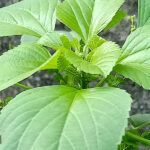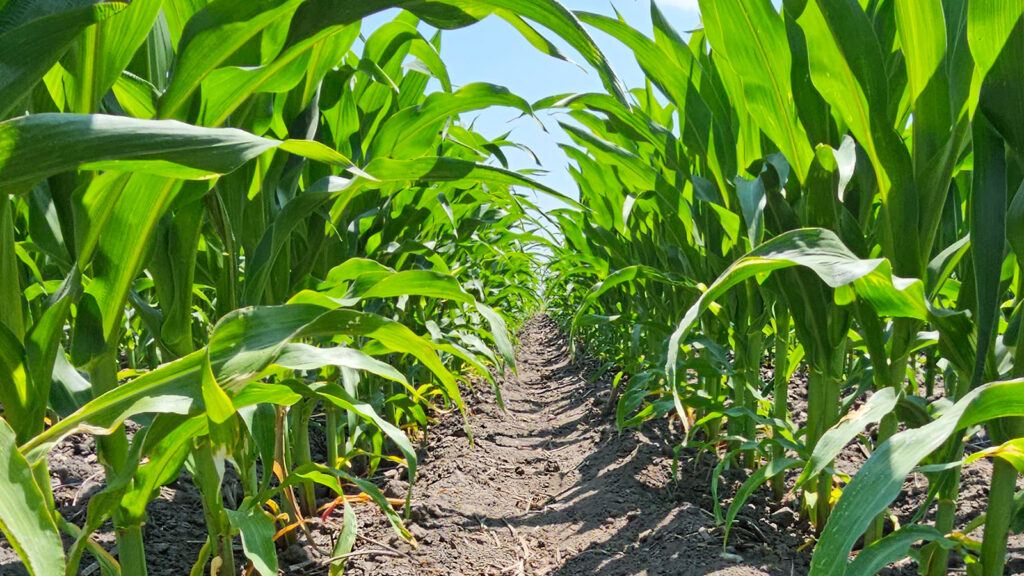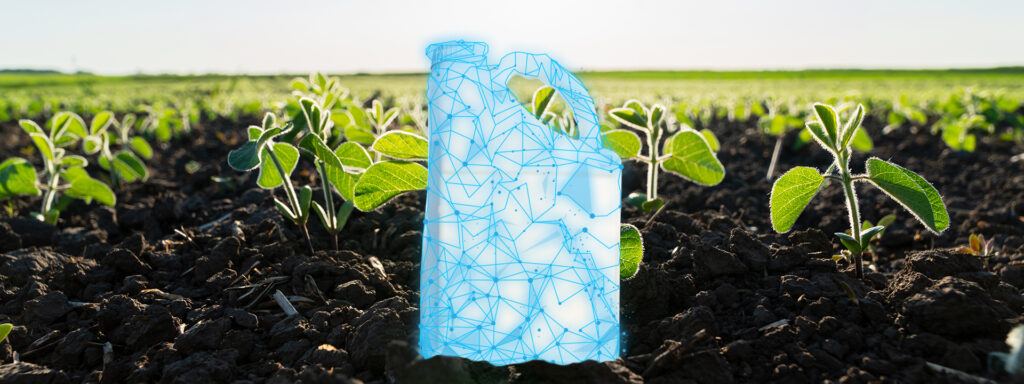Partnerships To Protect Pollinators
Collaboration underscores the importance of safeguarding pollinators, which are vital to the food supply.

While pollinators are often unseen, they pack a powerful punch when it comes to the production of some of the country’s highest-value crops. Flying from flower to flower, these bees, butterflies, birds, bats and beetles, among many other species, are critical to the food supply. In fact, pollinators are essential to one-third of the world’s crops, including apples, almonds, blueberries, cherries, cranberries and melons. In the U.S. alone, pollinators increase crop values by more than $15 billion annually.
Needless to say, protecting these pollinator powerhouses is critical to the variety of plant life and the food supply that nourishes us all. Because organizations and individuals can accomplish more together than they ever could on their own, partnerships are helping protect pollinators, enhance biodiversity and preserve the land.
Staying Ahead of the Curve
Farmers have been working with beekeepers for decades, according to Caydee Savinelli, Ph.D., stewardship team and pollinator lead for Syngenta.
“We all care about the land, but farmers steward the land and maintain it for generations to come,” she says. “They grow the crops that bees can forage on and around. Whether the crop itself needs pollination or the surrounding land is providing habitat for pollinators, farmers understand that working together is good for themselves, the beekeepers and, most importantly, the bees.”
We’re growing crops that feed and fuel the world; and, without pollinators, our crops can’t produce what they normally can or should.
Farmers continue to place great importance on pollinator protection, says Chip Bowling, farmer and former chairman of the National Corn Growers Association.
“My grandfather taught me that you need to take care of the soil and whatever is around it, and that includes the pollinators,” Bowling explains. “As farmers, we’re growing crops that feed and fuel the world; and, without pollinators, our crops can’t produce what they normally can or should. Pollinators are critical to the agricultural community.”
Beekeepers work with farmers every year to provide pollination services for crops. For example, more than 80% of all commercial bee colonies are transported across the U.S. in January to produce almond crops in California. From there, bees may travel to the Pacific Northwest, the East Coast or the Southeast to pollinate fruits and vegetables.
Relationships between farmers and beekeepers help provide forage for bees, but they don’t solve some of the challenges that the overall bee population is facing. These challenges include mites, diseases and potential pesticide exposure.
“It’s hard to know exactly what is affecting bee populations,” Savinelli says. “There are a lot of variables, and there is a need for more data. One thing is certain: Collaboration will play a vital role in overcoming these challenges.”
Collaborating To Build Bridges
Stakeholders from around the world are coming together to preserve biodiversity and protect pollinators.
“As an industry, we have a lot of knowledge and best practices to protect pollinators,” Savinelli explains. “We thought it really made sense to get together and provide resources so farmers can continue using and benefiting from insecticides, but at the same time help pollinators.”
As a result, the Growing Matters coalition, which includes neonicotinoid insecticide registrants, launched the BeSure! campaign. Its purpose is to remind members of the ag community to follow best management practices and stewardship tips when using insecticidal treated seeds and crop protection products. In its second year, the 2020 campaign reached farmers and applicators in at least 28 states through tailored radio sponsorships, social media and traditional trade media outreach.
“One of the keys is communication,” says Tom Smith, executive director of the National Pesticide Safety Education Center. “Communicating with fellow landowners surrounding their farms and with beekeepers who may be in the area is really critical. Even for farmers who don’t grow crops that need pollinators, it’s important to understand where they have natural areas and to work with others to continue preserving biodiversity on their farms. Frankly, farmers are aware of these things and are already doing them.”
Playing a Role in the Pollinator Story
One way Syngenta is building bridges to connect farmers, companies and beekeepers is through Operation Pollinator, a global biodiversity initiative to boost the number of pollinating insects on farms and golf courses. Other industry stakeholders are partnering to protect pollinators as well, including The Bee and Butterfly Habitat Fund, Project Apis m., the Iowa Soybean Association, Monarchs in the Rough and many others.
The end goal of all these partnerships is the same: to maintain a biodiverse planet, a healthy environment and a thriving population of pollinators that will ensure a stable food supply.
It’s a goal that growers and ag retailers share. After all, no one has a stronger stake in preserving the land than the people whose livelihoods depend on it. They also understand that maintaining access to the seed- and crop-applied technologies needed to produce more bountiful crops requires proper use, storage and disposal.
“Whatever we do together is much better than what we can do alone,” Savinelli says. “As long as we’re working toward a common goal — putting seeds in the ground, growing productive crops and keeping pollinators safe — the future looks bright.”























